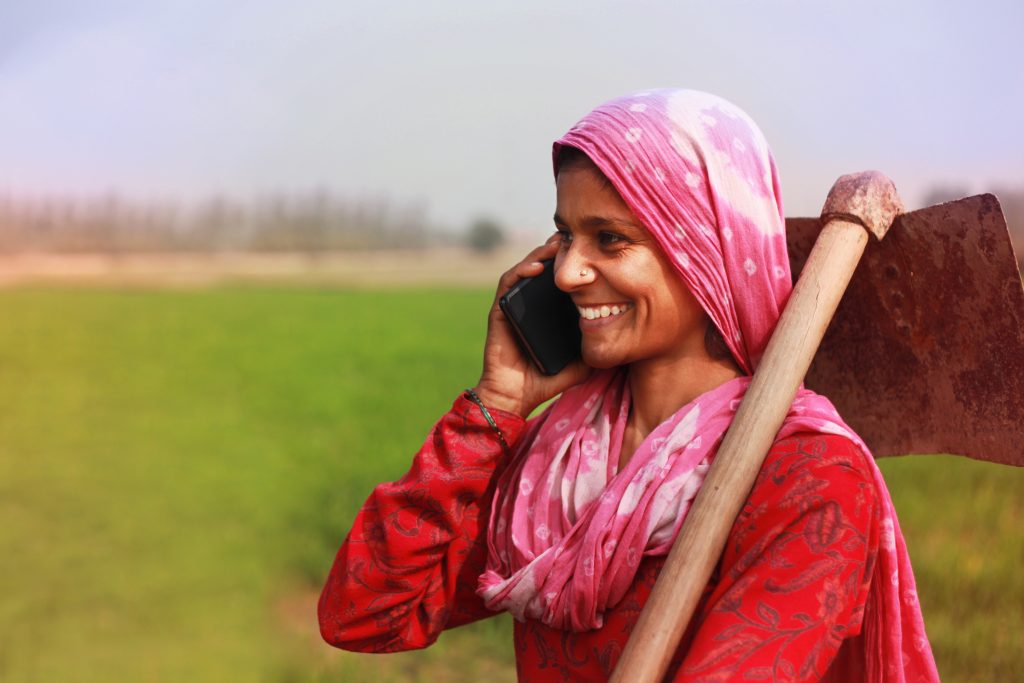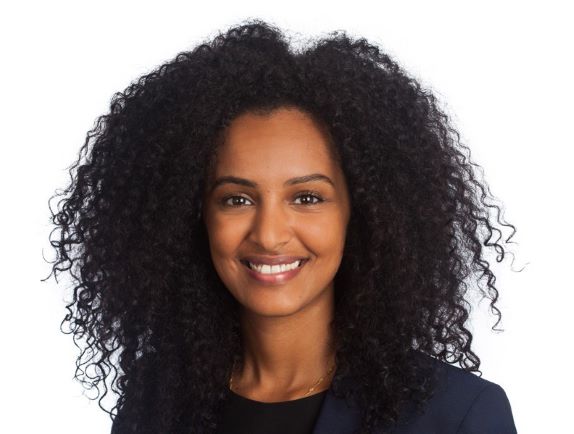COVID-19 has been cruel to us all, but the economic impact of the pandemic has been especially severe on migrant workers and their families in the developing world: the earnings these already economically vulnerable groups have been able to send home fell last year by 20%, as businesses have closed and travel been curtailed. This money is frequently a lifeline for people in considerable need, and rapid innovation is required to help mitigate the loss.
Around 800 million people in the developing world depend on remittances: 200 million foreign workers (half of whom are women) send money home to help pay for essentials such as food, housing, education, and healthcare. Remittance flows are also an essential source of external finance to recipient countries: in 2019 low- and middle-income countries (LMICs) saw incoming remittances reach a record $554bn, surpassing Foreign Direct Investment (which declined by 35%) for the first time.
Thankfully, the mobile ecosystem has a means to help, in the form of mobile money services. In a three-year pilot between 2017 and 2020, supported by grant funding from the UN’s International Fund for Agricultural Development, mobile money provider Valyou trialled and expanded an app-based international remittance service tailored to migrant workers from Pakistan and Bangladesh in Malaysia. The successes of the pilot are the subject of our detailed new case study How mobile money is scaling international remittances and fostering financial resilience: Learnings from Valyou in Malaysia.

Perhaps most significantly, the pilot found that mobile money platforms can make international remittances more cost-effective, efficient, and secure: by enabling migration from cash-based over-the-counter business models, improving accessibility compared to bank branches and ATMS, and by using blockchain technology. The cost of remitting $250-300 for instance through Valyou is currently 0.5% – half the rate offered by alternative channels in Malaysia, and significantly lower than the UN’s SDG target of 3% or less for remittances services – while blockchain can expedite settlement and build user confidence.
Add to this the fact that mobile money agents have 95 times more reach than ATMs and 94 times more reach than bank branches in Bangladesh, and it becomes clear that mobile money is not only a route to greater convenient and affordable remittances at a time of considerable hardship – it can also expand digital adoption among low-income and rural households, preparing people to make use of related financial services, and drive financial inclusion of women. The grant period saw considerable promotion of financial resilience through adoption of digital services such as credit and savings (951 new microinsurance policies for instance were opened), and more women receiving remittances via mobile money accounts in both recipient countries.
Barriers to adoption and scale remain – the paper calls for instance on governments to ensure regulatory environments, especially those pertaining to unbanked people in LMICs, are adequate to nurture innovation and maximise the benefits available. A need to bridge information and access gaps to more sophisticated financial services also became clear – for underserved communities to benefit from successful extension of mobile remittances to adjacent services, such as digital health insurance, products must be contextually relevant and tailored to specific cultural norms. Looking back on a generally sobering year however, the paper provides some gratifyingly constructive contributions from the mobile ecosystem towards real solutions.
If you’d like to learn more about those contributions please download the paper here.
Join the webinar
You can also join the author, former Data and Insights Director for GSMA Mobile Money, Nika Naghavi, on Tuesday, 12 January 2021 at 15:30, for a webinar discussion on ‘Private Sector and Digitization’ at Dialogue to Implementation Series of the Global Forum on Remittances, Investment and Development – sign up here.



